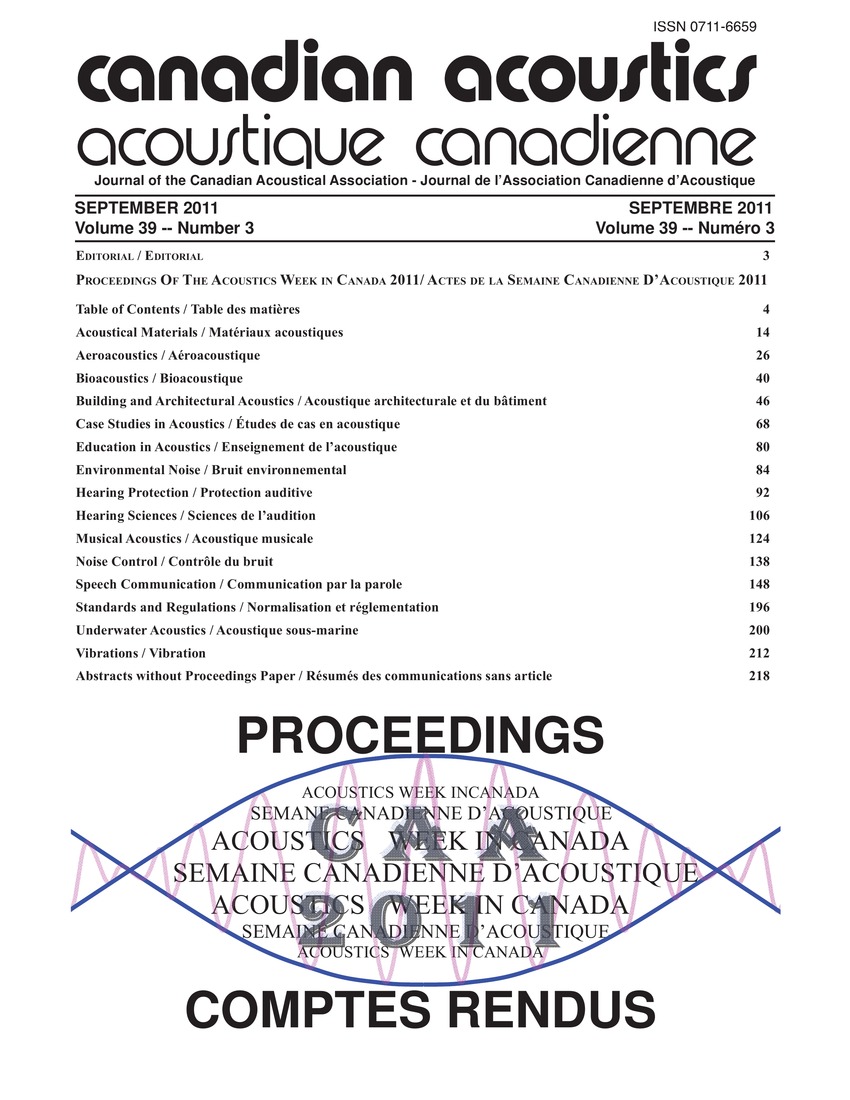Addressing low frequency sound and infrasound from wind turbines
Keywords:
Noise pollution, Wind turbines, Acoustic impacts, Broadband noise, Dominant frequency, Human perception, Infrasound, Low frequency, Low-frequency components, Low-frequency sounds, Medical professionals, Ontario, Setback distances, Sound level, Sound pressure level, Sound source, Trailing edgesAbstract
The article addresses the low frequency sound and infrasound from wind turbines. Modem wind turbines produce broadband noise, with the dominant sound source related to turbulence at the trailing edge of the blades. In relation to human perception of the sound, the dominant frequency range is not the low frequency or infrasonic ranges, but low frequency sound will routinely be an audible component of the acoustic impact. Publications by medical professionals indicate that, at the typical setback distances in Ontario. the overall magnitude of the sound pressure levels produced by wind turbine generators does not represent a direct health risk. This includes noise at low and infrasound frequencies. The relationship between the sound level and the prevalence of annoyance is complicated, and is often influenced by other non-acoustic factors. This situation does not relate exclusively to the low frequency component of the audible noise impact of wind turbines.Additional Files
Published
How to Cite
Issue
Section
License
Author Licensing Addendum
This Licensing Addendum ("Addendum") is entered into between the undersigned Author(s) and Canadian Acoustics journal published by the Canadian Acoustical Association (hereinafter referred to as the "Publisher"). The Author(s) and the Publisher agree as follows:
-
Retained Rights: The Author(s) retain(s) the following rights:
- The right to reproduce, distribute, and publicly display the Work on the Author's personal website or the website of the Author's institution.
- The right to use the Work in the Author's teaching activities and presentations.
- The right to include the Work in a compilation for the Author's personal use, not for sale.
-
Grant of License: The Author(s) grant(s) to the Publisher a worldwide exclusive license to publish, reproduce, distribute, and display the Work in Canadian Acoustics and any other formats and media deemed appropriate by the Publisher.
-
Attribution: The Publisher agrees to include proper attribution to the Author(s) in all publications and reproductions of the Work.
-
No Conflict: This Addendum is intended to be in harmony with, and not in conflict with, the terms and conditions of the original agreement entered into between the Author(s) and the Publisher.
-
Copyright Clause: Copyright on articles is held by the Author(s). The corresponding Author has the right to grant on behalf of all Authors and does grant on behalf of all Authors, a worldwide exclusive license to the Publisher and its licensees in perpetuity, in all forms, formats, and media (whether known now or created in the future), including but not limited to the rights to publish, reproduce, distribute, display, store, translate, create adaptations, reprints, include within collections, and create summaries, extracts, and/or abstracts of the Contribution.


